Take the ache away from your joints with these at-home exercises
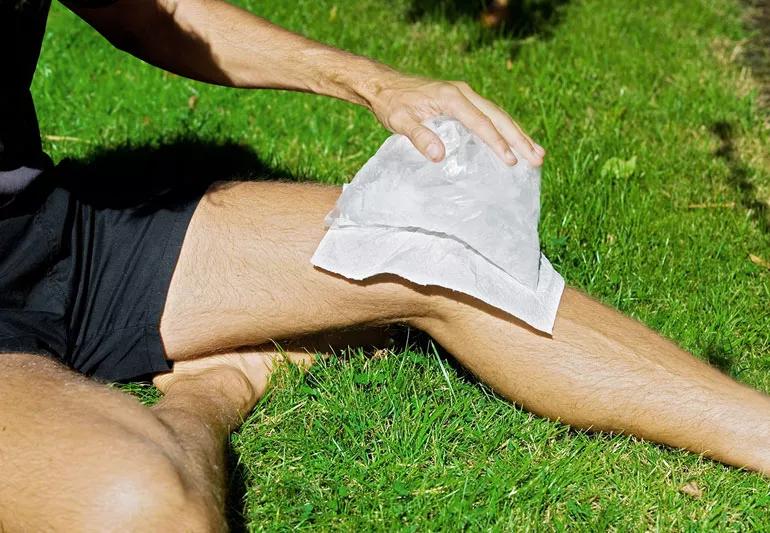
The iliotibial band, or IT band, extends from your hip to your knee along the outside of your thigh. The thick band of connective fibers is the largest piece of fascia in the human body – and often one of the biggest pains for runners and cyclists.
Advertisement
Cleveland Clinic is a non-profit academic medical center. Advertising on our site helps support our mission. We do not endorse non-Cleveland Clinic products or services. Policy
IT band syndrome is a common overuse injury that sidelines even the hardiest endurance athletes. The pain it brings can turn simple steps into an achy shuffle.
Targeted stretching and exercises can help ease or even prevent IT band syndrome by improving your flexibility and strengthening key muscles, says physical therapist Shelley Krampf, PT, DPT.
An anatomy and physiology lesson seems in order to better understand IT band syndrome.
As you bend and extend your leg, the IT band glides over your upper thigh bone and top of the tibia (shin bone). Repeating the motion over and over again slowly works to tighten your IT band, explains Krampf.
As the tissue grows more taught, friction develops as it begins to rub over your bony infrastructure. That rubbing leads to irritation and inflammation that can reveal itself as an intense and persistent pain in your knee or hip.
Many include IT band syndrome as a cause of “runner’s knee” given how often it slows those who pound out miles. It’s also common among cyclists and weight lifters (think squatting exercises).
It’s not just athletes seeking answers for IT band syndrome, though: The injury also has been connected to wearing high heels and even sitting at a desk with your knees bent for hours at a time.
Advertisement
What should you do if your IT band begins barking? Krampf offered one word: STOP.
“Continuing the activity that led to the problem isn’t going to make it go away,” says Krampf. Rest is the first step in recovery. She also recommends using ice on the aching area, stretching and taking anti-inflammatory medication (like Advil® or Motrin®).
Once your knee or hip stops hurting during normal daily activities (like climbing a set of stairs), slowly resume your physical activity.
Some targeted attention to your IT band through stretches and foam rolling can also help you return to action and – better yet – stay there.
Krampf recommends making these stretches part of your routine to keep IT band issues at bay.
Start in a standing position with your feet together. Cross your right leg behind your left leg. Using a wall or chair for support, lean slightly forward and to the left. Hold for 30 seconds while feeling your IT band stretch on your right side.
Do the same with the opposite leg. Repeat five times.
Start in a standing position with your feet together. Cross your right leg over your left leg, setting your right foot down to the outside of your left foot. Reach down toward your left foot and breathe deeply. Hold for 30 seconds as the muscle releases.
Do the same with the opposite foot. Repeat five times.
Lie on your back with your knees bent. Lift your right leg over your left knee, hooking your right ankle around your left knee. Then use your right leg to pull the left leg down to the right. Hold for 30 seconds.
Do the same with the opposite leg. Repeat five times.
Lie on your back. Loop a belt or strap around your right foot. Lift your right leg up straight before bringing it across your body (to the left) while keeping your hips flat. You should feel a gentle stretch along your right outer thigh. Hold for 30 seconds.
Do the same with the opposite foot. Repeat five times.
Lie on your left side with your legs together and your hips and knees bent. Keeping your knee bent, move your right leg behind you and allow it to drop down until you feel a gentle stretch in the side of your right thigh. Hold for 30 seconds.
Do the same on the opposite side. Repeat five times.
Start on your right side resting atop a foam roller positioned at the bottom of your outer right thigh. Bend your left leg and set your left foot down in front of your right leg. Using your arms and left leg, roll your outer thigh up and down the foam roller from knee to hip.
Advertisement
Roll for three minutes once a day. A warning on this one, though: “It’s very effective, but it hurts like crazy,” says Krampf.
If your IT band continues to ache, Krampf suggests working with a physical therapist to find and address potential causes. Issues could include differences in right and left leg length, muscle weakness in your hips, glutes or core that affect proper gait mechanics, and even ill-fitting shoes.
Something as simple as running the same route every day could even be a factor combined with overuse, Krampf said.
The bottom line, though, is that any endurance athlete should always make their IT bands a focus.
“If you’re someone who runs or cycles a lot, pay attention to them and do your stretches,” says Krampf. “Don’t wait to address your IT bands until they’re a problem. Make it part of your routine.”
Advertisement
Learn more about our editorial process.
Advertisement
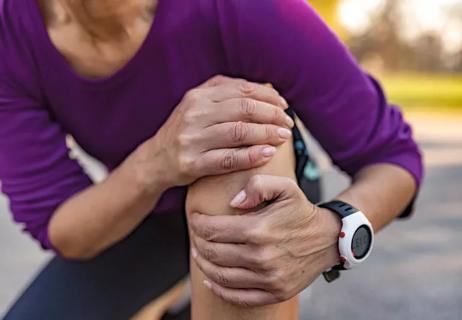
Don't let these aches and pains set you back
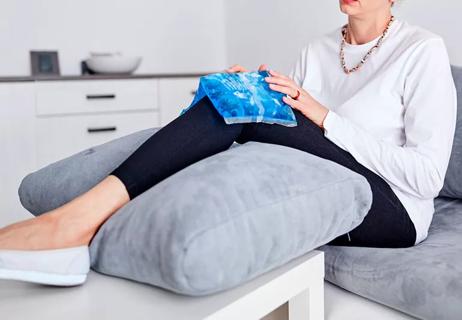
How to alleviate pain in your knees

Consider these common reasons for knee pain
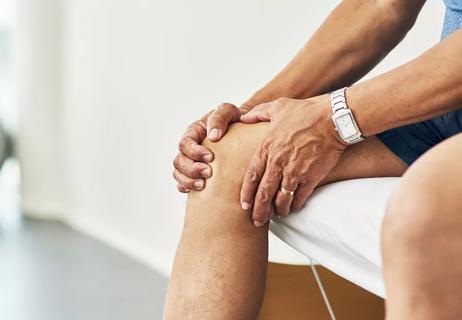
Non-surgical ways to help you function better
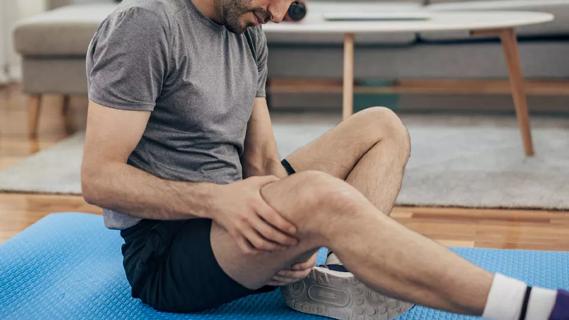
Stretching, heating pads and massage guns can provide quick relief
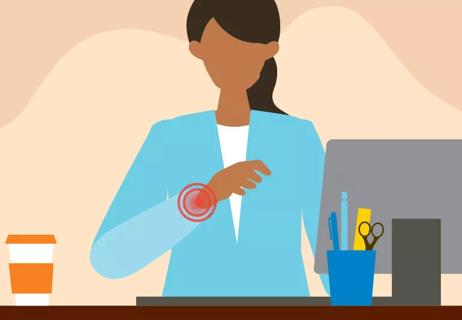
Wrist flexor and extensor stretches are the best stretches for wrist pain
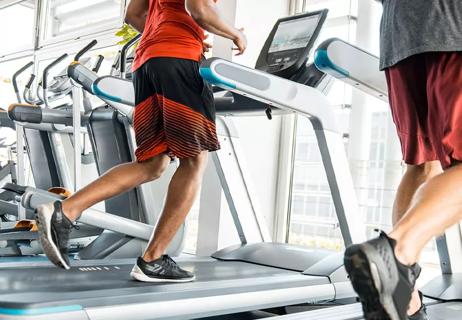
Running doesn’t cause knee arthritis, but you can take steps to minimize cartilage damage

Type 2 diabetes isn’t inevitable with these dietary changes

Applying a hot or cold compress can help with pain